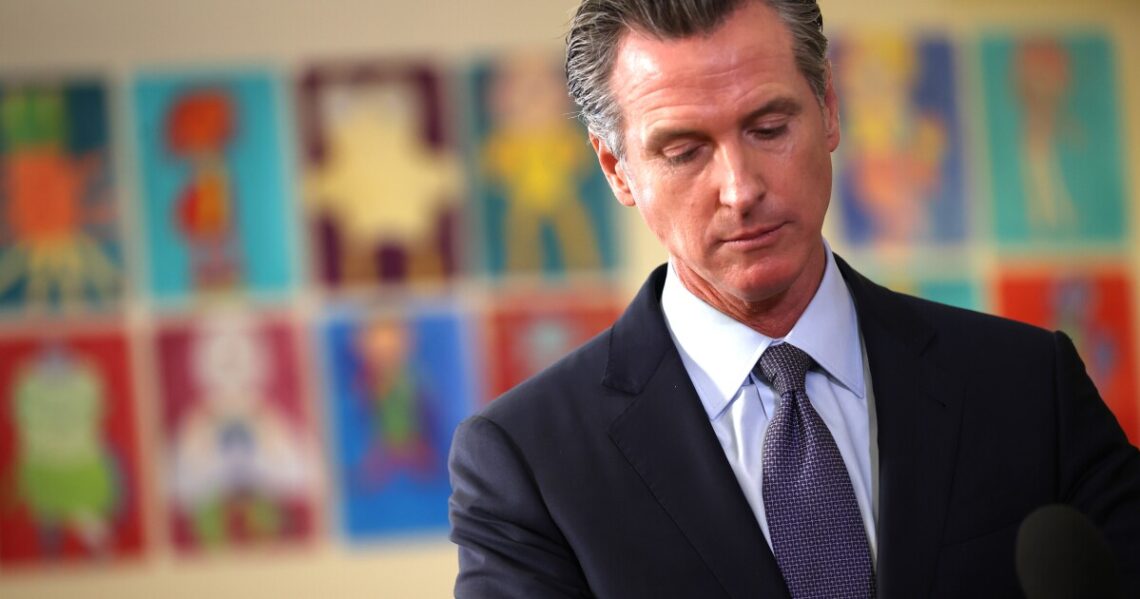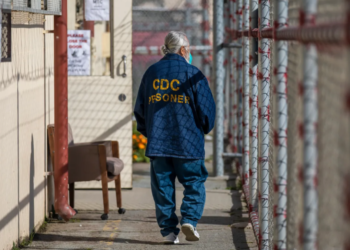Frustration came through loud and clear as legislators hurled question after question at the head of the state’s homelessness interagency council: Why, after years of planning and billions of dollars invested, is there so little to show for the effort?
“You come into a budget committee and there’s no numbers,” Assemblymember Phil Ting, a San Francisco Democrat, said at the May 6 Assembly committee hearing. “Why is it taking so long?”
Assemblymember Vince Fong, a Bakersfield Republican, took issue with the council saying it needed more money to compile the data. And Chris Ward, a Democrat from San Diego, said he’d been asking the same questions since 2022: “The fact that we’re still now, three years later here as a state is incredibly frustrating because that guides our decision making here as a budget.”
But even without a full picture of how well the homelessness spending is working, Gov. Gavin Newsom is proposing cuts to cover the state’s budget deficit.
That’s just one example of how the state budget gets put together, often without fully knowing if a program is paying off. Revenue dictates decisions, and voter-passed initiatives direct some spending. After that, legislators use any data that’s available, but they also negotiate with other officials and listen to their constituents.
They’re also lobbied by advocates and interest groups. (More than 650 organizations spent money lobbying on the budget, as well as other issues.)
For the 2024-25 budget now before the Legislature, Newsom released a revised plan earlier this month that calls for dipping into reserves, canceling some new spending and cutting existing programs to…
Read the full article here







